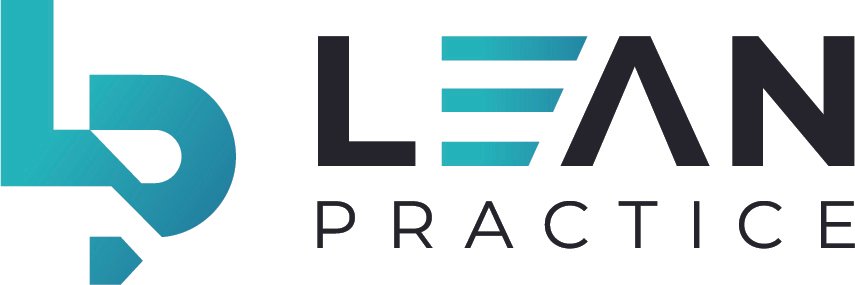Our Flow Triggers
Mihaly Csikszentmihalyi( Me-high Chick-sent-me-high) is the godfather of Flow. His research explained the state of Flow as the optimal experience and advocated that "Flow" is where we are happiest and perform our best work.
Steven Kotler, the author of the Rise of Superman and Stealing Fire, director at the Flow Genome Project, broadened Mihaly's work, to help more people use specific "triggers" to get into Flow.
Kotler found that people at their peak, athletes, musicians, adventurers all shared specific triggers that helped them get to their peak state. Combining this with advances in neuroscience where we can see what is happening inside the brain, Kotler has developed practices that we can all adopt to get us into our flow state. We have embraced Kotler's work and his 17 triggers within the design of our system.
1. Intensely Focused Attention
We ensure the right work is being worked on at the right time.
2. Clear Goals
We work out what's important and cascade goals and measures from there.
3. Immediate Feedback
Using visual management, we see the status at a glance. Giving the team constant feedback on their efforts.
4. The Challenge/Skills Ratio
We set expectations and standards that produce stretch targets. Challenging thinking and creating learning.
5. High Consequences
We make it clear what's at stake. The drive to not let people down triggers the need to focus on what we are accountable for and promised.
6. Rich Environment
Working in the complex and dynamic VUCA world already does this for us.
7. Deep Embodiment
We don't capture all our sensory streams all at once. However, we do practice understanding different perspectives which help us deepen our involvement in the tasks at hand.
8. Serious Concentration
Our shared brain approach ensures that the whole team is focused on what's important during the interval of work they are in.
9. Shared, Clear Goals
We unite the team behind common goals they will not be denied.
10. Good Communication
It's all about the right interactions with the right people at the right time. Performance Dialogues and candid feedback is key
11. Familiarity
The whole team adopts the system and the routines. Sharing the same language.
12. Equal Participation (and Skill Level)
Everyone has a role to play. There’s no hierarchy just different levels of support.
13. Risk
The team has skin in the game. They make commitments to meet new targets. There's always a risk of not succeeding. However, failures are made productive by learning from them.
14. Sense of Control
The system is all about sharing control to the person closest to the problem or opportunity.
15. Close Listening
We instil an approach that avoids being blinded by assumptions by being guided by hypotheses instead that then drives active listening
16. Always Say Yes
Our interactions are additive more than argumentative. Our goal is the momentum that comes from building upon others ideas and actions.
17. Creativity (as Pattern Recognition and Risk-Taking)
We observe trends and watch for patterns. We strive to do better and are curious about how we do it, taking controlled risks to accelerate improvements and innovation.

